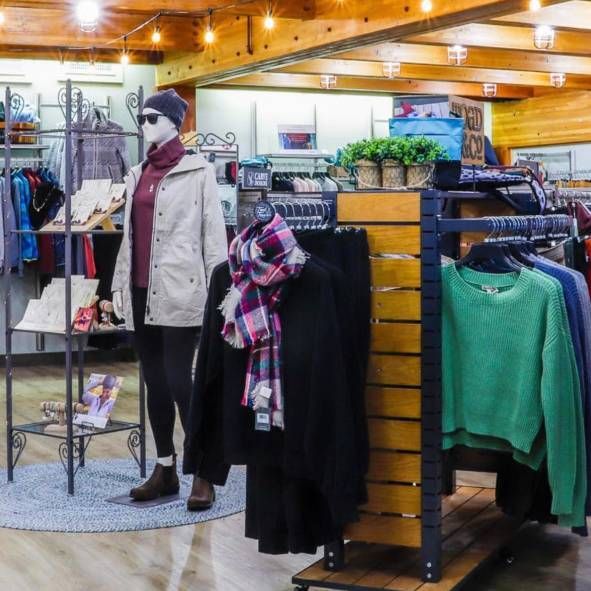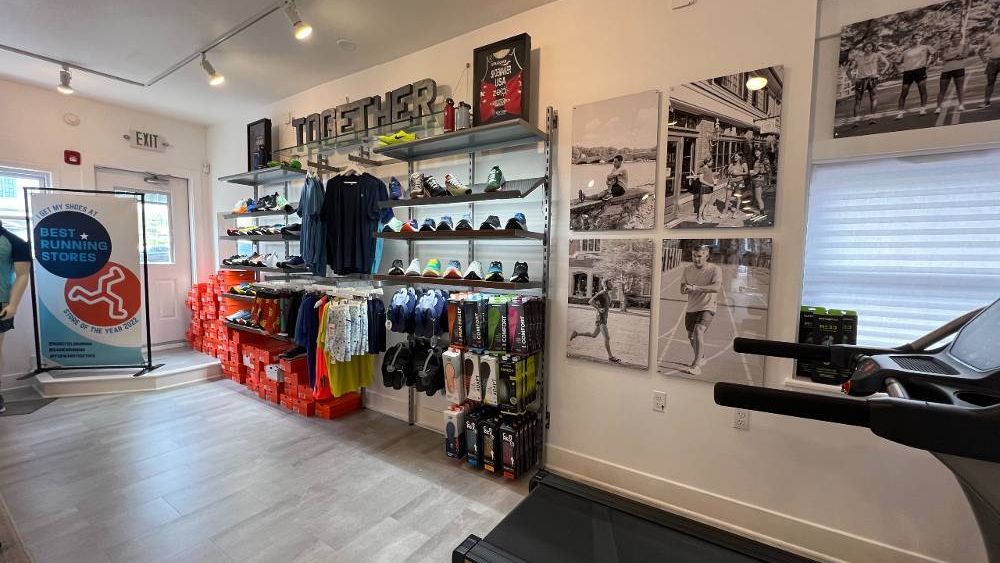
In this final article in a three-part series, three Running Industry Association members share insights and observations about how brands gain traction in stores and evaluate brand performance.
Nikki Benedict of Playmakers explained, “One of the best ways to gain traction is to engage staff. When staff understands and likes something, they are 10 times as likely to promote it.”
She and Megan Searfoss of Ridgefield Running Company agreed that emos and presentations afford the staff important opportunities to meet the reps and experience the product firsthand.
Describing one notable support experience, Benedict said, “Following the presentation, the rep stayed the entire day to work the floor. This was nice because they were readily available to talk with staff and answer questions.”
Kris Hartner of Naperville recalled an example a few years ago where his store was the second in the U.S. to bring in a new footwear brand that was very difficult to sell. “We worked with the brand to beta test having an individual, who the company knew could sell their product really well, come and work our stores every weekend for several months, side by side with our employees. Our staff learned how to properly include the brand in their regular fit process, and it was a big success.”
That kind of out-of-the-box thinking can be really helpful for brands with unusual products that may need long-term nurturing.
“I think back to the first pair of Hoka that they sent us when they weren’t even a brand in the U.S. yet – and we thought they were ridiculous. And when Maurten was sending samples of their product before Kipchoge was using it, we were a hard no because it tasted weird and had an odd texture. If we went with our first instinct with those brands, our store would look quite different today,” he confessed.
Tips for evaluating a new brand's performance
- Set agreed-upon goals with the new brand partner prior to bringing the brand in, such as profitability/margin, turn rate, and level of support.
- Provide weekly or monthly selling reports to the brand so they can understand product performance.
- Listen for customer comments and whether they will come back and try it again.
- Provide the right amount of time:
- Three to six months may be sufficient for a new brand to get traction in a store if introduced in the right season and with an assertive launch plan.
- Up to a year may be more fair if factors such as season, economy, weather, and competition are not cooperating.
- Certain brands or products may deserve two to three years to get traction, especially in certain markets where customers are slower to catch on.
- Nutrition brands are always great to bring in about 18 weeks before a marathon or other big running event in the store’s geographic area.
- Brands should not expect stores to "test" their products with a plan to stop selling the product after an introduction period. Customers don't like it when they come back in for the same product and the store no longer carries the test product they liked.
To read other parts of this three-part series, Part 1 about factors in placing emerging brands in stores and Part 2 about evaluating brand performance on the RIA website.
Some content and resources may not be visible because you're not logged in. If you are a current member, use the login form below. Not yet a member? Join today!
More Points of View
-
My Realizations about Shop and Family
-
A Spirit of Openness for Mutual Benefit
-
Discussing Direct to Consumer at the Summit
-
Understanding Direct to Consumer Issues, Part Three: Defining the Issues and Presenting Solutions
-
Understanding Direct to Consumer Sales, Part Two: The Vendor Perspective
-
Understanding Direct to Consumer Sales, Part One: The Retailer Perspective
-
Candid Conversations about Challenges and Successes
-
ADA Compliance: Navigating the Path to Inclusive Online Spaces
-
The Importance of Paid Time Off & Personal Days
-
Retailers' Perspectives on Emerging Brands Part 2
-
Retailers' Perspectives on Emerging Brands Part 1
-
I’m Fine: A Perspective on Volume-based Discounts and the Impact to Small Shops vs. Box Stores vs. Online
-
The Hill I Die On
-
Brands, Please Help Keep Specialty Special
